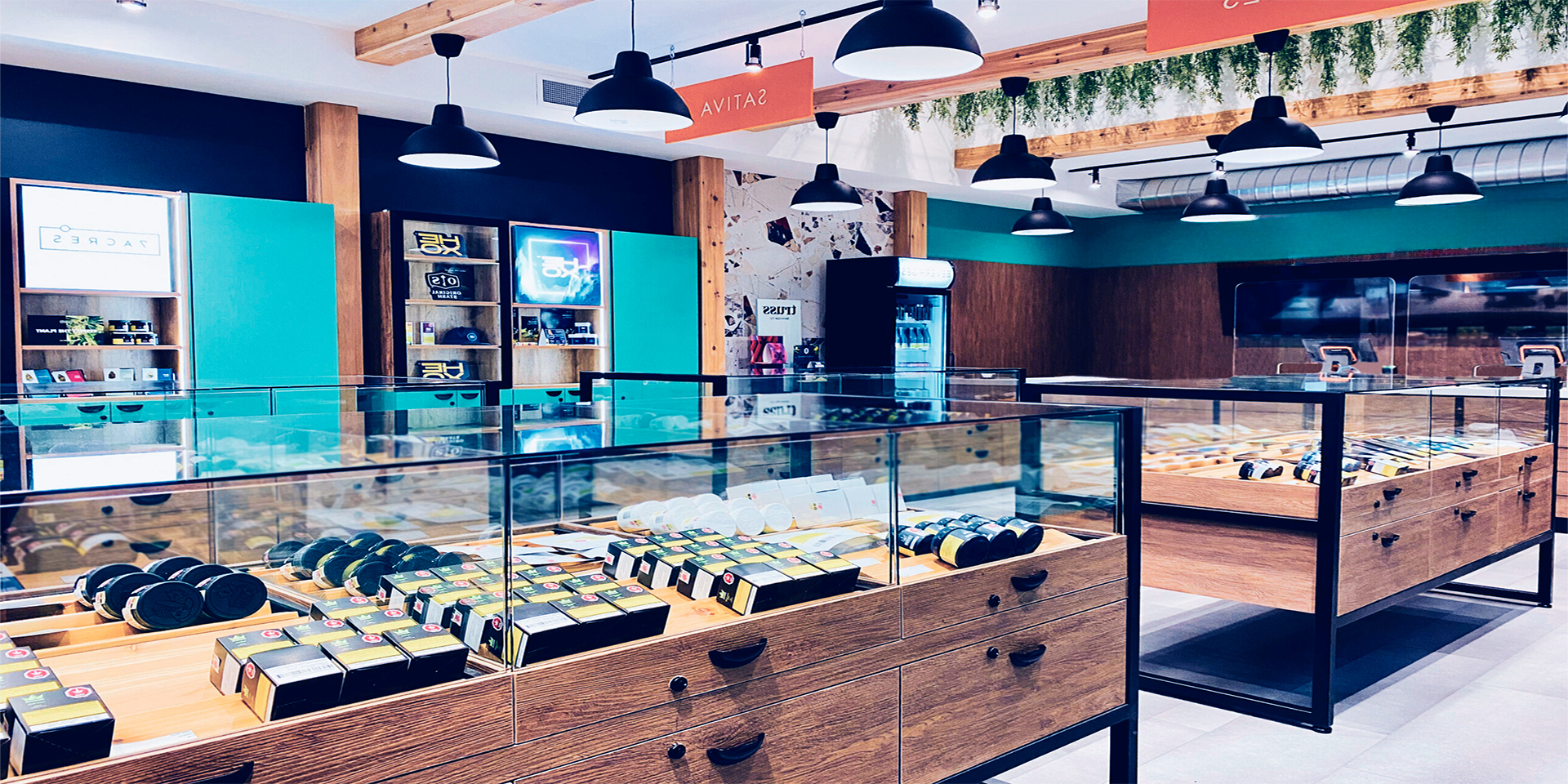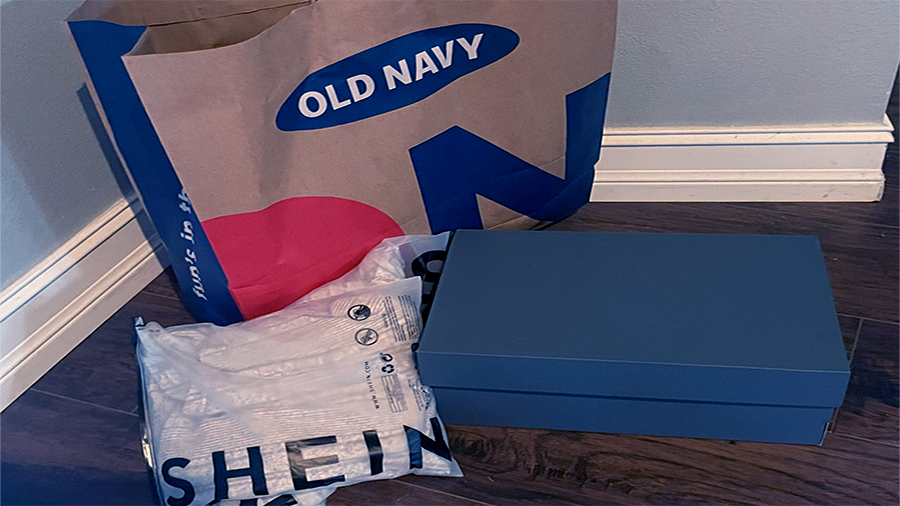Financial Traps In Retail: Loans For Goods That Are Not Needed
Shops today don’t just sell products. They sell financing. Walk into an electronics store, and you’ll see “easy monthly payments” advertised as loudly as the latest gadgets. Online checkouts push “buy now, pay later” buttons almost by default. What looks like convenience often hides something else: a growing debt load for items people don’t truly need. Oversaturation of loans in retail makes unnecessary purchases feel affordable in the short term but burdensome in the long run. This environment creates a cycle where credit drives consumption, not necessity, and buyers end up trapped.
Why Retail Loans Create Hidden Risks
Retail financing is designed to lower the psychological barrier to spending. Instead of focusing on total price, shoppers see only a small monthly amount. A new phone or a high-end coffee machine feels attainable when the cost is broken into twelve installments. Retailers benefit, as financing increases sales volume. Lenders benefit through interest, fees, or partnerships with stores. The risk falls on consumers, who may accumulate multiple loans without realizing how much they owe in total. Many buyers sign contracts quickly, skipping fine print that hides fees, penalties, or high effective interest rates. The problem isn’t just the loans themselves—it’s the way they’re presented as harmless conveniences rather than binding financial obligations. This framing encourages people to finance wants instead of needs, stacking debt that becomes unmanageable when incomes tighten or emergencies strike.
The Normalization Of Debt At The Checkout
Retail environments normalize financing. Instead of being a rare tool for large purchases, loans are offered for everyday items. This shift blurs the line between sensible borrowing and reckless consumption, making financial traps harder to spot.
| Retail Loan Feature | Consumer Perception | Reality |
|---|---|---|
| “Zero interest” offers | Free borrowing | Hidden fees or backdated interest |
| Small monthly installments | Affordable purchase | Total cost often much higher |
| Instant approval | Convenient | Encourages impulse buying |
| In-store promotions | Exclusive opportunity | Designed to boost retailer margins |
The Psychology Behind Overspending
Shoppers rarely think about long-term consequences at the moment of purchase. Credit psychology is powerful: focusing on small payments tricks the brain into underestimating cost. Add in time-limited discounts and persuasive salespeople, and buyers often walk away with financed goods they didn’t plan to buy. The oversaturation of loan offers makes restraint even harder. With every store and website offering financing, consumers are bombarded with signals that borrowing is normal. The result is financial fatigue. People juggling multiple retail loans often lose track of due dates, leading to penalties that inflate debt. Even those who stay disciplined may find that buying nonessential goods on credit leaves less room for emergencies, creating fragility in personal budgets.
Impulse Purchases Amplified
Retail loans magnify impulsive behavior. Instead of pausing to ask “Do I really need this?” buyers think “Can I handle this monthly payment?” The difference in mindset changes outcomes completely, often for the worse.
The Financed Appliance
A young couple buys a new washing machine even though their old one still works. The monthly payment looks manageable at the checkout. Weeks later, they add a financed microwave during a “holiday promotion.” Within months, they’re juggling several installment plans, all for appliances that could have been delayed. What felt like convenience becomes a drag on their budget, leaving less room for actual necessities like medical bills.
How Retailers Benefit From Financing
From the retailer’s perspective, financing isn’t just an add-on—it’s a business model. By offering loans, they increase average order size, attract customers who couldn’t afford products outright, and lock buyers into long-term relationships. Financing creates repeat business when buyers return to upgrade products before loans are even finished. For lenders, retail partnerships provide a steady stream of customers who often accept higher costs in exchange for convenience. This system feeds itself: the more financing becomes available, the more consumers rely on it, creating a culture of normalized debt. For individual buyers, what looks like a benefit is often a trap designed to serve retail and financial institutions.
Profits From Perceived Accessibility
By lowering the entry barrier, retailers increase profits. The downside for consumers is the accumulation of goods that don’t add real value but continue generating debt long after the excitement of the purchase fades.
| Who Benefits | How They Profit |
|---|---|
| Retailers | Boost in sales, higher margins on financed items |
| Lenders | Interest, penalties, fees, customer data |
| Consumers | Short-term access to goods, long-term debt risk |
The Stack Of Store Cards
A frequent shopper opens a credit card at one retailer for “exclusive discounts.” Months later, another store offers a similar deal, then another. Soon, three or four cards carry balances from clothes, electronics, and home décor. The shopper doesn’t realize how much interest each card charges. By the time they notice, late fees and penalties make the total debt overwhelming.

The Debt Spiral From Unnecessary Goods
Once borrowers start stacking retail loans, the trap tightens. A financed television may be followed by a financed laptop, then a financed vacation package. Each deal looks manageable on its own, but together they strain monthly income. Missed payments create penalties, while interest compounds. Soon, borrowers pay far more in debt servicing than in actual product value. Worse, many financed goods depreciate quickly. Unlike homes or even cars, electronics and household goods lose value almost immediately. Borrowing for them rarely makes financial sense. When the dust settles, consumers may find themselves with outdated gadgets and ongoing payments, a combination that undermines financial stability instead of supporting it.
Hidden Cost Of Depreciation
Borrowing to buy depreciating items multiplies losses. The item loses value while debt remains constant or grows. This imbalance is why retail loans for nonessential goods are among the most dangerous forms of credit.
Scenario: The Latest Phone Every Year
A consumer upgrades to the newest phone annually through installment plans. Each time, the old phone hasn’t been fully paid off. The overlapping loans keep rolling forward, and while the buyer enjoys the latest model, they’re always carrying debt for devices that lose value the moment they’re unboxed. The habit creates a permanent cycle of repayment with little financial upside.
Possible Alternatives To Retail Loans
Breaking free from these traps doesn’t require eliminating credit altogether, but using it more selectively. One alternative is saving in advance for nonessential purchases, avoiding both interest and fees. Another is using credit only for high-value, long-term assets that retain or appreciate in value. For those who still use retail financing, comparing terms carefully and avoiding impulse buys makes a difference. Financial literacy plays a role too. Understanding how installment plans inflate costs helps consumers resist “easy payment” pitches. Regulators also bear responsibility: ensuring loan offers are transparent and fair protects buyers from the worst abuses of retail credit systems.
Building Better Habits
Resisting the lure of easy loans starts with awareness. By recognizing marketing tactics and focusing on needs rather than wants, buyers can regain control. The discipline of waiting and saving restores balance to financial decisions.
Scenario: Saving Instead Of Financing
Instead of taking an installment plan for a new gaming console, a student saves a small amount each month. Six months later, they buy it outright, avoiding fees and enjoying the product debt-free. This small habit builds confidence and financial discipline, creating a buffer for future purchases without relying on credit.
The Conclusion
Retail loans for unnecessary goods represent one of the most subtle financial traps. They turn wants into obligations, normalize debt, and burden consumers with high costs for items that quickly lose value. Oversaturation of financing options fuels this cycle, making it harder to say no at the point of sale. Real-life scenarios—from financed appliances to endless phone upgrades—show how easy it is to slip into debt traps. The winners are retailers and lenders, while buyers often pay the long-term price. The smartest move isn’t avoiding credit altogether but using it consciously, only for purchases that truly add lasting value. Without that discipline, the convenience of retail loans becomes another pathway into unneeded debt.






